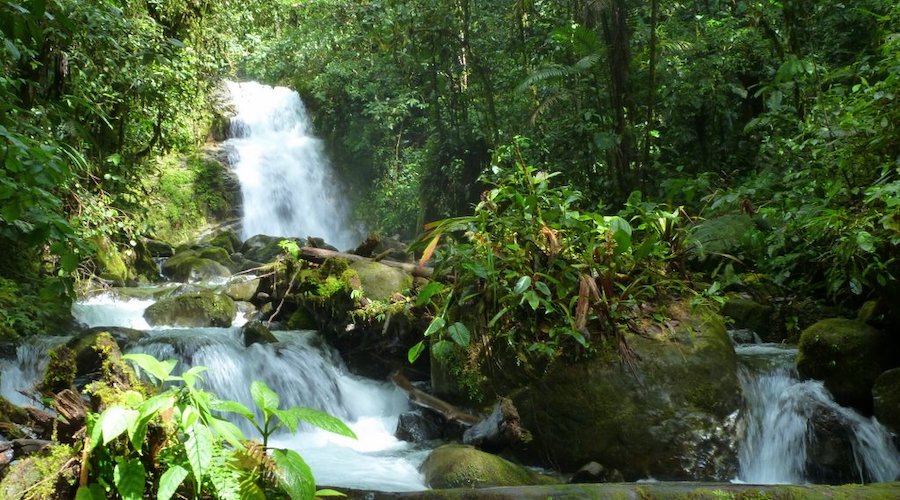
In a media statement, Cornerstone explained that the legal procedures started in 2019 when the Municipality of Cotacachi brought an action in a local court requesting that the court order the Ministry of Environment to revoke ENAMI’s environmental registration on the grounds that no prior consultations with local communities had taken place. ENAMI defended the action on the basis that no such consultations were required. This position was supported by a friend of the court brief filed in the action by ME. The lower court ruled against ENAMI.
ENAMI challenged the lower court decision in the Constitutional Court on the grounds that the lower court erred by seeking to impose a requirement for prior environmental consultation, when in fact the regulator, ME, currently does not require a public consultation process during the early-stage exploration phase, and only an environmental registration permit is required.
“Cornerstone is consulting with its Ecuadorian legal counsel, with ENAMI and ME and the Chamber of Mines to determine what rights and remedies Cornerstone and ENAMI may have, including the possibility of the Constitutional Court decision allowing for a new application for an environmental registration subject to ME approved terms of reference for a public consultation process that could be undertaken in the future to continue exploration at Rio Magdalena,” the company’s statement reads.
The Ottawa-based miner emphasized that its subsidiary together with ENAMI has all the required permits to be doing early-stage exploration and that although not legally required, they consulted the communities beforehand, with representatives of the Ministry of Environment in attendance.
In addition to the prior, Cornerstore said that none of the Río Magdalena lands are ancestral Indigenous lands, so no consultation is required either under the Constitution or under International Labour Organization Treaty 169, and that the lower court decision confirmed that the Los Cedros protected forest was not within the National System of Protected Areas and that there was no environmental damage found on the concessions caused by the miners.
Ruling may set precedent
Despite the Canadian firm’s arguments, in the view of the NGO Rainforest Action Group, the ruling sets an important precedent for Ecuador, which was the first country in the world to enshrine the rights of nature in its rewritten constitution in 2008.
“The Court stated that the companies had been responsible for a number of constitutional violations. These included violating the rights of nature, the rights of nearby communities to clean water and environment and the rights of communities to consultation over the mining projects,” Liz Downes, a campaigner with the group, said in a press release. “In addition, the court ruled that the companies failed to acquire adequate environmental and water permissions pertaining to the extraordinary diversity and vulnerability of the region.”
Downes pointed out that the Court also ordered the government to adopt regulations so that future environmental licenses and water licenses for mining and other extractive industries do not risk violating the rights of nature.
“This order could become a precedent to protect significant water sources and other protected forests. There are 2.4 million hectares of protected forest in Ecuador currently at risk due to large-scale mining,” she said. “It is unclear as yet as to how the ruling will be enforced in terms of legislation. But this is set as a precedent case with no legal appeal possible.”
According to the campaigner, research has shown that mining activities – even at the early-exploration stage – in the high-altitude cloud forests and grassland regions of the Ecuadorian Andes risk contaminating and depleting the water sources of local communities and the farms they depend on, as well as risking the extinction of thousands of endemic and endangered species.




